The diagram given below represents a certain stage of mitosis :
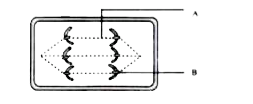
Identify the stage of cell division.
(i) The stage of cell division shown is anaphase.
(ii) Different labelled parts are as follows: A-Spindle fibres, B-Cell-wall C-Chromatid D - Centromere.
(iii) Unique features of this stage is that chromosome get divided into sister chromatids that move towards the opposite poles.
(iv) This type of cell division usually occurs in somatic cells.
(v) Two daughter cells are formed in kind of cell division,
Topper's Solved these Questions
Similar Questions
The diagram given below represents a certain stage of mitosis :
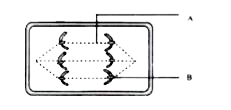
How many daughter cells are formed from this type of cell division?View SolutionThe diagram given below represents a certain stage of mitosis :

What is the unique feature observed in this stage?View SolutionThe shortest stage of mitosis.
View SolutionThe diagram given below represents a stage of a cell:
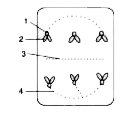
Name the stage.
Is it a plant cell or animal cell? Give a logic reason.
Label the parts 1-4View SolutionIdentify the stage in given diagram -
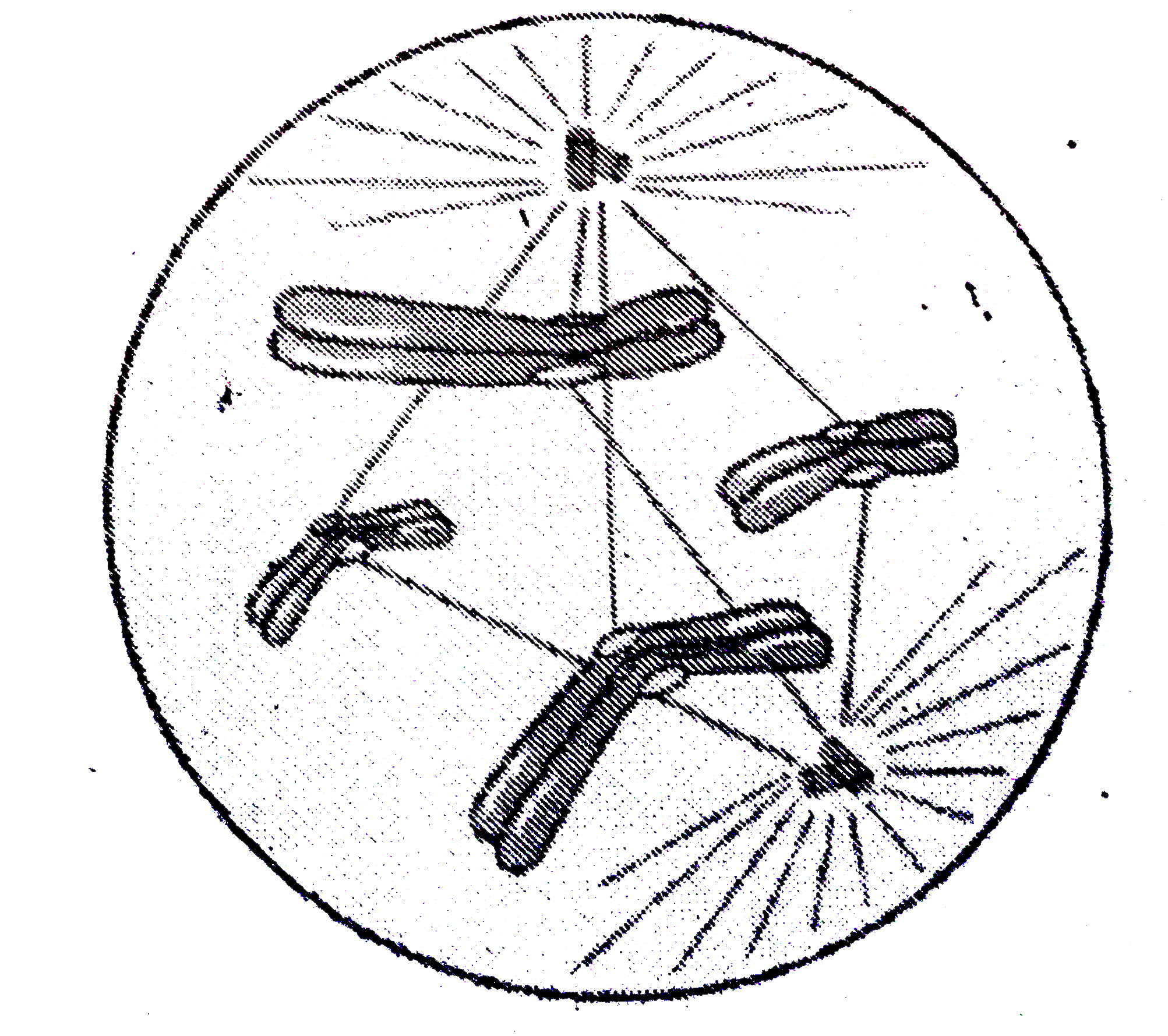 View Solution
View SolutionThe diagram given below represents a stage during cell division
Study the same and answer the questions that follow :

What is the stage that comes before the stage shown in the diagram ?View SolutionThe diagram given below represents a stage during cell division
Study the same and answer the questions that follow :

Draw a neat, labelled diagram of the stage mentioned in.View SolutionThe diagram given below represents a stage during cell division
Study the same and answer the questions that follow :

Name the stage depicted in the diagram. What is the unique feature observed in this stage?View SolutionThe diagram given below represents a stage in cell division. Study the same and answer the questions that follows:
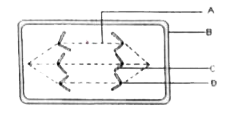
Where does this type of cell division usually occur?View SolutionThe diagram given below represents a stage during cell division
Study the same and answer the questions that follow :
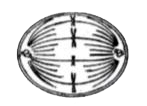
Identify whether it is a plant cell or an animal cell। Give a reason in support of your answer.View Solution

